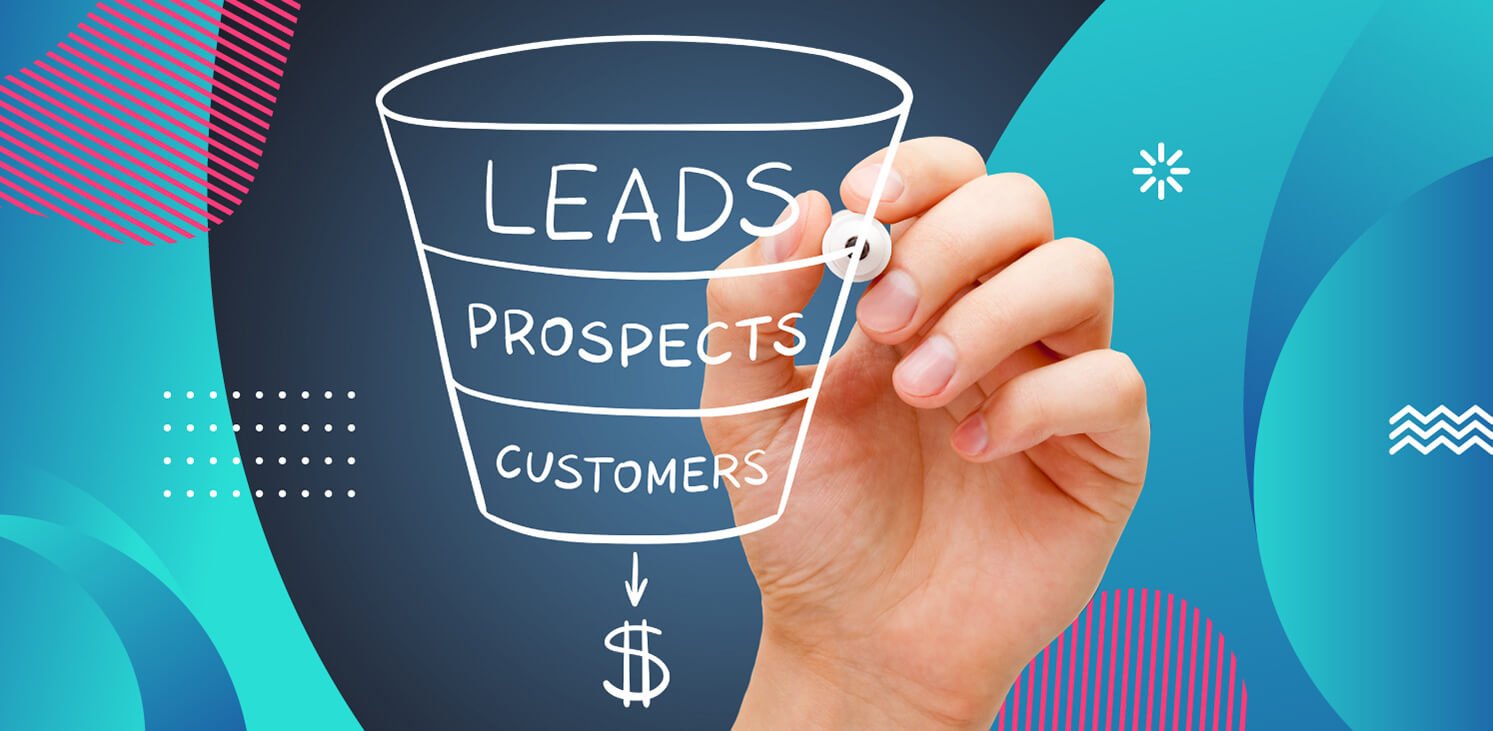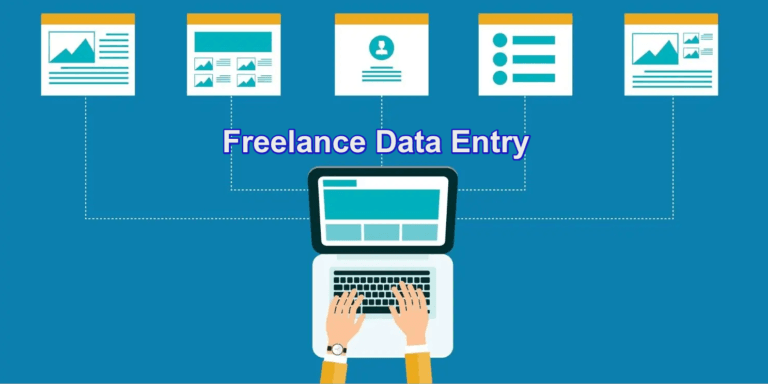There are always new and unexplored approaches to improve SaaS lead creation for your company, no matter where you are in your SaaS journey. The BVP Nasdaq Emerging Cloud Index, which tracks public SaaS businesses with growth rates over 25% annually, highlights the market’s explosive development.
The competitiveness among customers is heightened by this growth spike, highlighting the need for efficient lead-generation tactics. It is crucial to take advantage of these chances because maintaining business growth depends on gaining new clients at a minimal cost. So where do you even start? The finest ideas are frequently the most straightforward ones, and that’s where we come in.
Any Software-as-a-Service (SaaS) product’s growth and success depend on its ability to generate high-quality leads. High-quality leads may help your business succeed in the long run by increasing the likelihood that they will become paying clients. You will be guided through the processes and tactics in this in-depth guide to drawing excellent leads for your SaaS product.
What is a lead?
A lead is a prospective client who has been recognized as someone who could be interested in your offering. Although leads may be produced in some ways, focused marketing campaigns yield the best results.

There are other ways to create leads, such as social media outreach, email marketing, and internet advertising. By focusing on potential clients and nurturing leads until they are prepared to make a purchase, you can significantly boost your sales funnel and expand your company.
Which sorts of leads are there?
Gaining an understanding of what constitutes a lead and what does not is essential before putting any lead-generating plan into action. To prevent misunderstandings and errors, you should also be able to differentiate between the various kinds of leads.

Here’s a breakdown of the key players:
- Sales-qualified leads (SQLs): In the conventional market, SQLs are the most sought-after lead kinds. These leads usually comprehend their requirements and the benefits of your product because of their connection with a sales professional. They are more likely to convert as a result.
- Leads qualifying for marketing (MQL): As opposed to this, MQLs are warm leads. By downloading your content or signing up for a free trial, they may have demonstrated some interest in your product, but they still require nurturing.
- Lead qualified by product (PQL): Just as popular as SQLs, PQLs are exclusive to the SaaS industry. These are customers who have interacted with your product via a free trial or a freemium plan and have shown a deep admiration for its features.
SaaS Lead Generation: What Is It?
The process of drawing in and interacting with potential clients who are interested in your offering is known as SaaS lead generation. This procedure usually entails:
- Finding Appropriate Leads: For SaaS lead generation to be effective, finding appropriate leads is essential. This entails identifying potential clients who stand to gain the most from your SaaS product. It’s critical to fully comprehend the demands, problems, and demographics of your target market to achieve this. These perfect prospects may be found with the use of thorough buyer personas and market research. You may improve your chances of obtaining leads who are interested in your offering by concentrating on the correct audience.
- Activating Eligible Prospects: Create relationships with qualified leads by using a variety of platforms, including social media posts, cold emails, and case studies. To properly nurture these leads, it is imperative to establish credibility and trust. Developing relationships with excellent leads, gaining confidence, and showcasing knowledge are the objectives. By offering insightful and useful content, you can successfully promote these leads and advance them down the sales funnel.
- Conversions in Driving: Converting interested leads into paying clients is the main goal. Methods such as product demos, webinars, and attractive offers assist in showcasing the benefits of your SaaS service and persuading potential customers to buy or subscribe. Using these techniques to highlight the advantages of your SaaS product might encourage prospects to buy or subscribe. Conversion-boosting tactics also depend heavily on calls-to-action that are obvious and easy onboarding procedures.
- Promoting Client Retention: Customer retention is just as crucial as lead creation when it comes to closing deals. Sustaining client contentment may be achieved by the implementation of loyalty programs, frequent product upgrades, and outstanding customer service. Making sure that your clients still find value in your offering promotes enduring relationships and repeat business. Additionally, contented consumers are more inclined to recommend your business to others, generating fresh leads and fostering organic development.
Why Do Leads Matter?
Leads are crucial for organizations for several reasons.

Targeted Marketing’s Basis

The cornerstone of every focused marketing campaign is leads. Businesses may efficiently target those who are most likely to be interested in their products or services with their advertising and marketing efforts by maintaining a database of possible consumers or clients. This focused strategy boosts engagement and conversion rates while optimizing marketing efficiency. Businesses may segment their audience based on demographics, interests, and habits, for example, by analyzing lead data. This allows them to create targeted marketing messages that are more relevant to each audience group. Because potential consumers are more likely to respond to relevant material that is catered to their needs and tastes, customization increases engagement rates.
Increasing Sales Growth

Creating leads is crucial to increasing revenue. Businesses may greatly increase the likelihood that leads will become actual sales by nurturing leads and developing trusting connections with prospective clients. Lead conversion rates may be raised by using efficient lead nurturing techniques, including tailored email campaigns, prompt follow-ups, and the provision of insightful content. Research indicates that lead conversion rates, with appropriate management and nurturing, may get up to 50%. This demonstrates the substantial effect that an effective lead-generating strategy may have on a business’s ability to close deals. Moreover, a regular stream of leads guarantees a stable client base, which is essential for sustaining and growing sales initiatives over time.
Creating Relationships for Sustainable Business Success
Finally, a lead may still be beneficial to your company even if it does not ultimately result in a sale. If someone gives you their contact information, for instance, you may add them to your email list and keep promoting to them even if they don’t buy right away.
How to Generate Leads for Your SaaS Business?
After talking about leads and their importance, let’s examine how to produce leads for your SaaS company. Although there are other approaches to generating leads, the top SaaS lead generation tactics have proven to be very successful for SaaS companies.
Create Compelling Content
Crafting engaging content is crucial for attracting and nurturing leads. This involves creating blog posts, eBooks, infographics, and other resources that offer relevant tips and advice. Addressing customer needs and challenges builds credibility and trust, making them more likely to engage with your brand. A visually appealing logo enhances your brand’s identity and reinforces your message, distinguishing your business from competitors.

Creating compelling content and a captivating logo is essential for establishing authority, fostering trust, and driving conversions and sales. A survey reveals that 47% of respondents prioritize audience research, 46% focus on SEO, and 45% focus on publishing more content and publishing it more frequently.
Use SEO to Boost Your Visibility
SEO is a powerful tool for generating leads by improving your website’s visibility in search engines. By optimizing your website with relevant keywords, you can attract more visitors who are actively seeking your products or services. This leads to increased conversion rates, as these visitors are already interested in your offerings.

SEO also helps connect with your target audience by making your website easily discoverable when they search for your solutions. This organic traffic boosts your website’s visibility and improves lead quality, setting the stage for successful lead generation. Ahrefs reports that 94.74% of keywords receive 10 or fewer monthly searches, indicating that most search queries are relatively low in volume.
Leverage Social Media
Social media is a powerful tool for businesses to generate leads and grow their business. By creating engaging content and building relationships with potential customers, businesses can attract more leads and establish themselves as trusted authorities in their industry. Social media platforms offer a dynamic landscape for businesses to engage with their target audience, share valuable content, and build meaningful relationships.

Companies can showcase their products or services authentically and visually appealingly through striking images, captivating videos, and interactive stories. Social media also provides valuable insights into target audience preferences, interests, and behaviors, allowing businesses to fine-tune their strategies accordingly. With total spending on social media advertising projected to reach $219.8 billion in 2024, the importance and investment in this advertising channel are growing.
Use Lead Magnets
A lead magnet is an incentive offered in exchange for someone’s contact information, such as a free eBook, discount, or exclusive content. It increases the likelihood of providing contact information, which can be used to generate leads. Lead magnets provide immediate value to the audience and open the door for further engagement.

This exchange sets the stage for businesses to nurture leads through targeted marketing efforts and move them further down the sales funnel. Leveraging lead magnets empowers businesses to attract, engage, and convert potential customers into leads effectively, initiating meaningful interactions, gathering essential contact information, and laying the groundwork for long-term relationships and business growth.
Collaborate with Other Businesses
Collaborating with other businesses can be a powerful strategy for generating leads and attracting more customers. By offering joint promotions, co-hosting events, or cross-promoting products or services, businesses can enhance brand visibility and create added value for customers. Incentives like free trials or exclusive discounts can also be offered to incentivize lead generation.

This approach fosters synergistic relationships, driving business growth and expanding reach. By leveraging shared audiences and offering compelling incentives, companies can cultivate meaningful connections with potential customers and amplify marketing efforts, fostering innovation and differentiation in the competitive market.
Try lead generation software that offers automation and efficiency
Purchasing lead-generating software helps maximize productivity and scalability while streamlining several lead-creation process steps and eventually saving resources. Lead generation, segmentation, nurturing, and tracking may all be made easier with these technologies. You may prioritize tasks based on their chance of success, discover high-value prospects, and tailor outreach efforts by utilizing machine learning algorithms, predictive modeling, and sophisticated analytics.

This technology may also be used to improve your lead generation strategy overall, automate tedious operations, and offer insights into the behavior of potential leads. This frees up your sales staff to concentrate on converting more of the most promising prospects.
Participate in Online Communities
Online communities are a powerful tool for businesses to generate leads by building relationships and attracting potential customers. By engaging with individuals seeking solutions or industry-related information, businesses can demonstrate their expertise and establish rapport with community members. This engagement boosts brand visibility and fosters trust, making community members more receptive to leads.

Online communities also provide valuable insights into the target audience’s needs, preferences, and pain points. By listening to conversations, monitoring trends, and identifying opportunities to address market challenges, businesses can position themselves as solutions providers and attract qualified leads. By actively engaging with potential customers, providing valuable insights, and listening to their needs, businesses can build relationships, establish credibility, and drive lead generation in the digital landscape.
Getting excellent leads for your SaaS product needs to be done strategically and in a variety of ways. You may attract leads who are more likely to become paying customers by establishing your ideal customer profile, developing an appealing value offer, and putting successful marketing methods into practice. Sustaining an effective lead-generating process requires constant learning, data analysis, and optimization. Recall that attracting leads is not the only objective; you also need to nurture and turn them into loyal clients who will support the expansion and success of your SaaS company.
We have covered a wide range of lead-generation tactics in this extensive guide, such as lead scoring, social media, email marketing, SEO, PPC advertising, webinars, partnerships, and customer reviews. Through the implementation of these tactics and ongoing improvement of your methodology, you can establish a strong lead generation process that propels long-term growth for your SaaS product.








